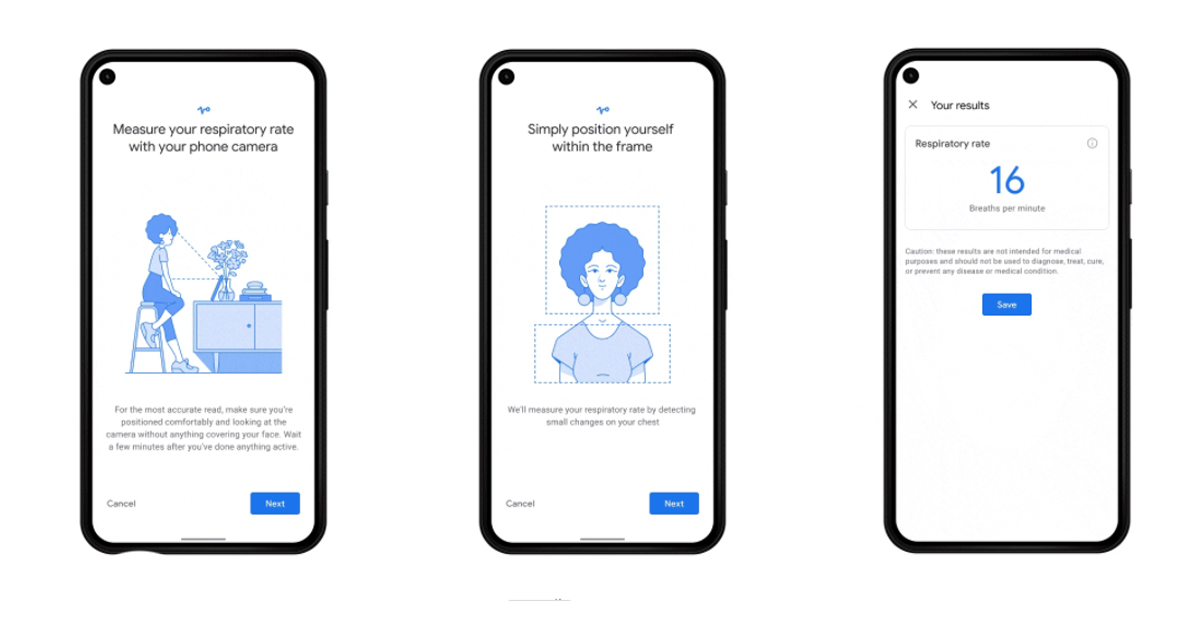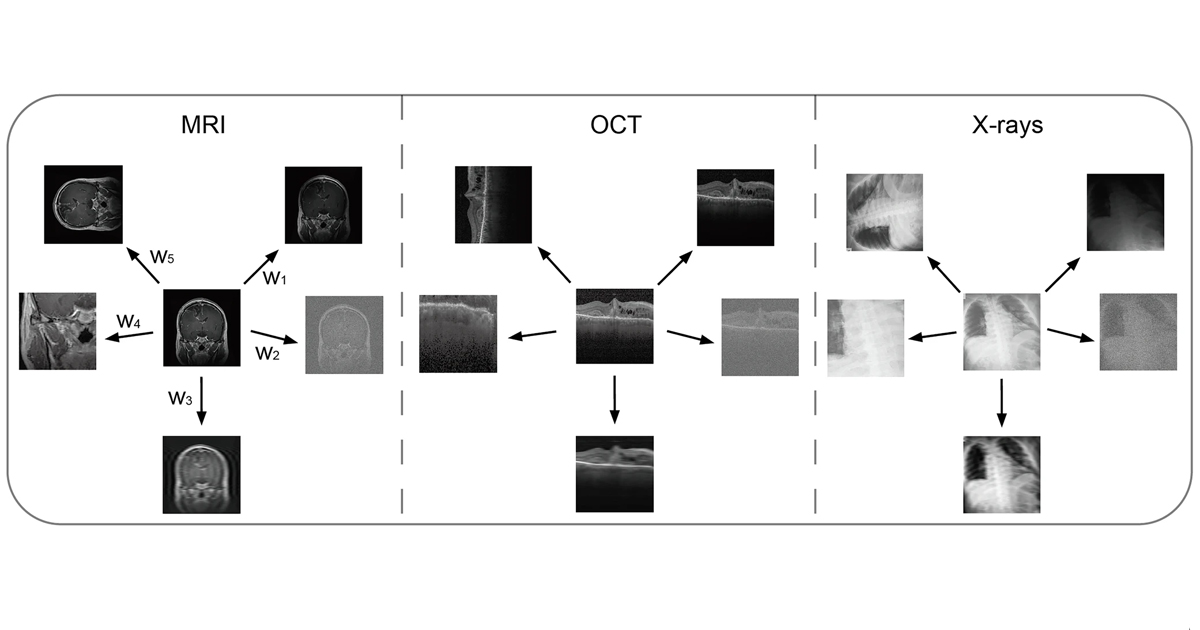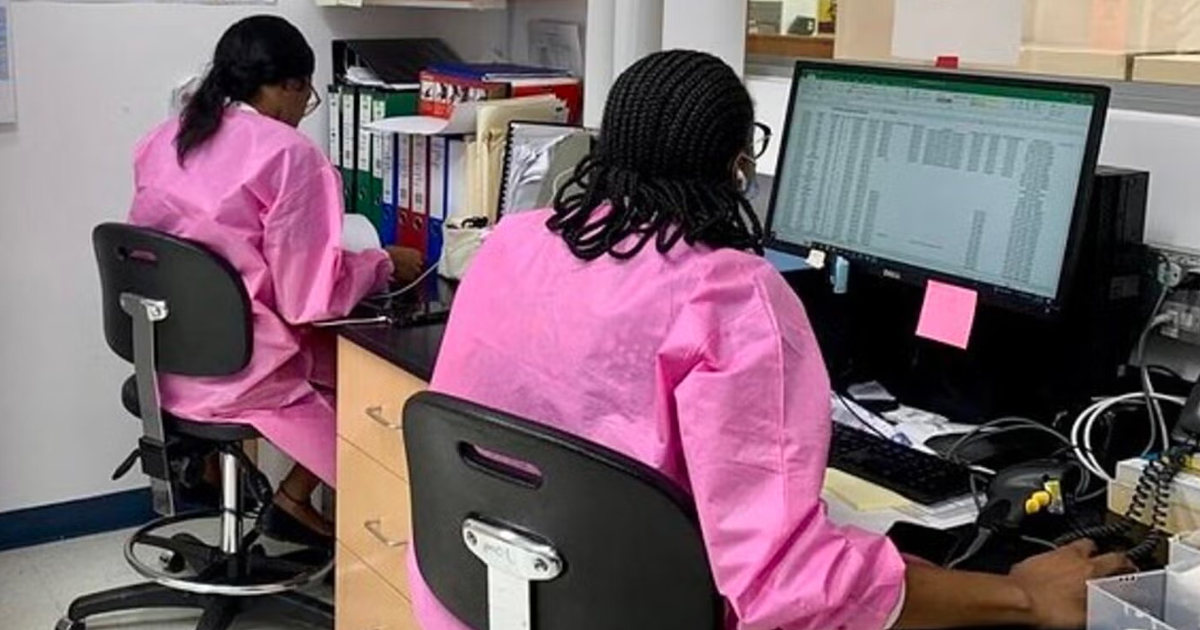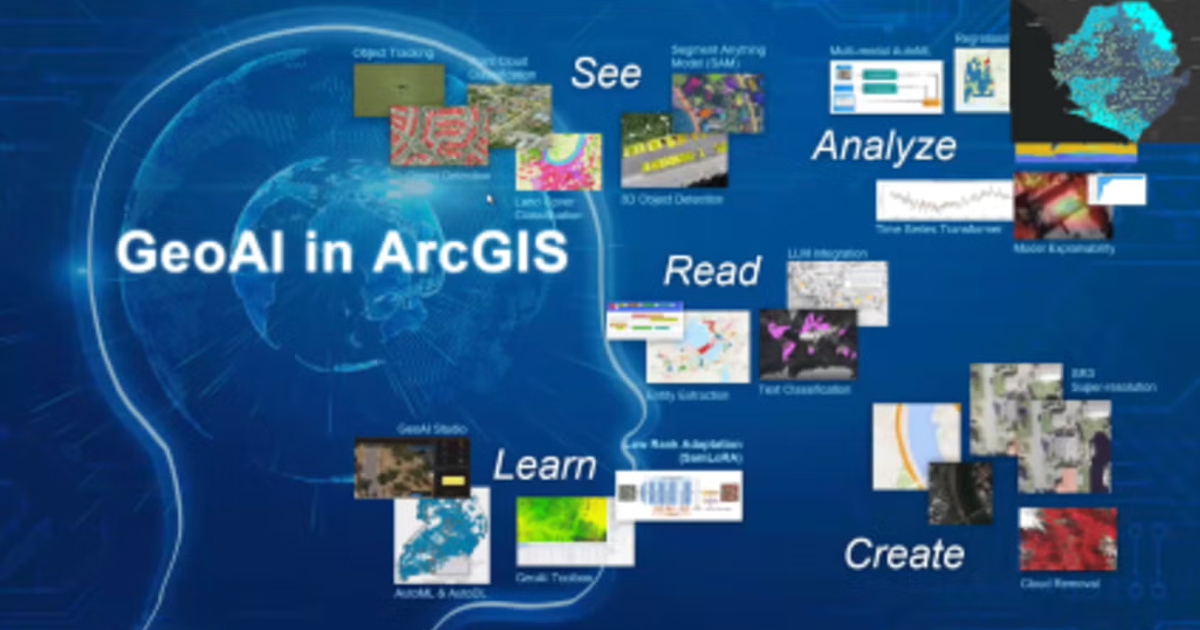La cámara del teléfono móvil y una aplicación con bases de machine learning lograrían esta solución sin la necesidad de hardware.
Google Health, anunció una nueva característica dentro de la aplicación móvil Google Fit, la cual, a través de algoritmos basados en machine learning, sería capaz de realizar mediciones de frecuencia cardiaca y de frecuencia respiratoria, sin necesidad de otro dispositivo, al usar la cámara del teléfono móvil.
“La frecuencia cardíaca y la frecuencia respiratoria son dos signos vitales que se utilizan comúnmente para evaluar su salud y bienestar”, menciona Google en su blog. En marzo de este año, las dos funciones serán lanzadas dentro de la aplicación, sin embargo, solamente estarán disponible para dispositivos Pixel de Google, será hasta dentro de seis meses que se podrán usar las dos nuevas funcionalidades en otros dispositivos Android.

Para medir la frecuencia respiratoria, el usuario solo necesitará colocar la cabeza frente a la cámara frontal del teléfono, y que sea visible la parte superior del torso. En cuanto a la frecuencia cardiaca, solamente será necesario colocar la yema del dedo en el lente de la cámara trasera.
La cámara del teléfono móvil rastrea y detecta pequeñas señales físicas del tamaño de un pixel, para medir la frecuencia respiratoria, como los movimientos del pecho, así como el color de los dedos para medir la frecuencia cardiaca.
“Desarrollamos ambas características, y completamos estudios clínicos iniciales para validarlas, para que funcionen en una variedad de condiciones del mundo real y para tantas personas como sea posible. Por ejemplo, dado que nuestro algorithm de frecuencia cardíaca se basa en aproximar el flujo sanguíneo de los cambios de color en la yema del dedo de alguien, debe tener en cuenta factores como la iluminación, el tono de piel, la edad y más para que funcione para todos”, explica Shwetak Patel Director de Tecnologías Sanitaria en Google Health en el blog de la compañía.
Google, hace hincapié en que esta tecnología no debe ser utilizada como un diagnóstico médico, ni para evaluar ningún aspecto relacionado a afecciones médicas. Sino como una herramienta para el monitoreo continuo, ya que la aplicación registra las tendencias a lo largo del tiempo, para medir el bienestar del usuario.







